Gaya Museum is one of the essential cultural and historical landmarks in Gaya, Bihar. Established in 1952, it was created to preserve and exhibit the antiquities, relics, sculptures, coins, and manuscripts discovered within and beyond the city. Given the city’s connections with the Magadh Empire, Buddhism, and Hinduism, the acquired items are varied and represent a blend of the region’s history. The Gaya Museum is home to remains of ancient Mauryan and Gupta sculptures, artefacts, and many Pala dynasty sculpture items.
Quick Details About Gaya Museum
Gaya Museum Address: K.P. Road, Chand Choura, Gaya, Bihar
Gaya Museum Timings: 10 AM – 5 PM (Closed on Mondays)
Gaya Museum Ticket Price: ₹10 for Indian citizens, ₹50 for foreign nationals
Nearest Airport: 9 km from Gaya Airport
Nearest Railway Station: 2 km from Gaya Junction Railway Station
Best Time To Visit: October to March
Location
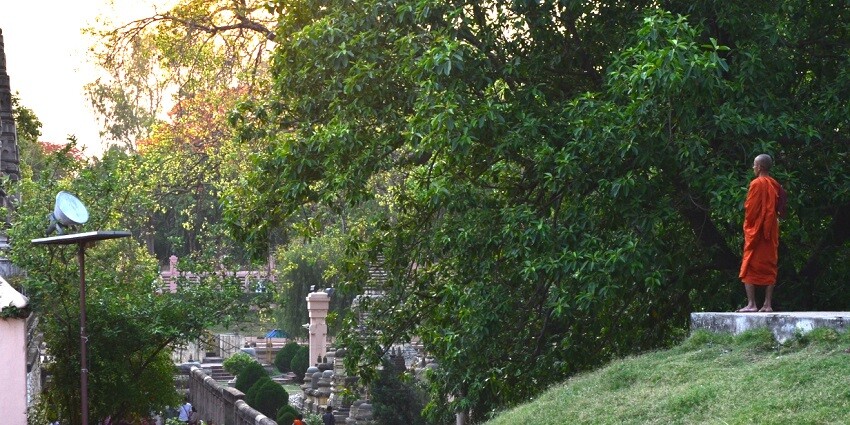
Photo: Matt Stabile / Wikimedia Commons
Gaya Museum is located near Chand Chaura, in the heart of Gaya City, on Jail Road in Jaiprakash Nagar. It is just a 20-minute drive from Bodh Gaya, a UNESCO World Heritage site where Gautama Buddha achieved enlightenment. The museum’s surroundings feature numerous shops, eateries, and markets. Nearby landmarks include BCD Office, Gaya and M S Hospital.
Suggested Read: New Year Party In Jamshedpur
How To Reach
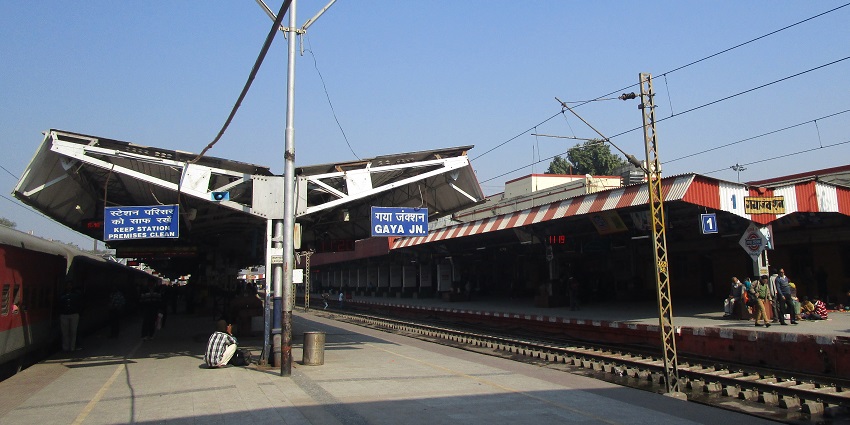
Photo: Anup Sadi / Wikimedia Commons
You can easily reach Gaya museum Bihar through air, road or rail:
By Air: The nearest airport is Gaya Airport, which is about 8 km from Gaya Museum. From the airport, you can get an auto-rickshaw, or taxi and drive for 20 minutes.
By Rail: From Gaya junction, you have the option of taking an auto-rickshaw, taxi or walking to the museum, which can be reached in 10 to 15 minutes.
By Road: The closest bus stop is Gewal Bigha bus stand. It’s a 2-minute walk to the museum, or reachable by local bus, auto-rickshaw or taxi.
Things To Do
Gaya Museum has these activities that encourage visitors to develop deep insight into the history and culture of Bihar:
1. Explore The Gallery

Photo: Sumitsurai / Wikimedia Commons / Image For Representation Only
Explore the extensive collection of ancient sculptures and statues in the names of diverse gods and goddesses from several historical periods. These include the Maurya, Gupta, and Pala dynasties and belong to different religions. All of them are evidence of the richness of the regional culture. Each new era brings new concepts, attitudes, and beliefs. Another fascinating sight in the museum is the numismatic collection from different periods. This gives a comprehensive insight into the region’s economic system, trade, and political history.
Suggested Read: Haunted Places In Bihar To Explore The Eerie Rush
2. Visit The Buddhist Gallery
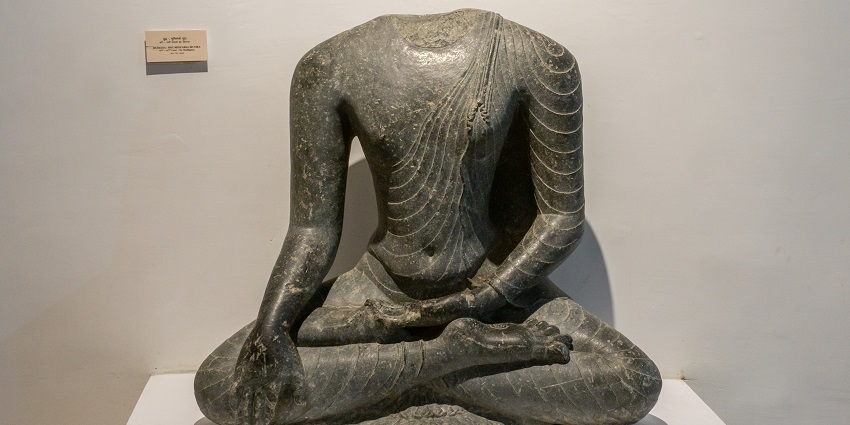
Photo: Sumitsurai / Wikimedia Commons
Given the importance of Gaya in Buddhist history, there is a special section of the museum that deals with Buddhist artefacts. The collection emphasises the importance of Bodh Gaya as a sacred place where Buddha achieved enlightenment, containing statues of Buddha and Bodhisattvas and relics from the area. In addition, there are multiple rare artefacts associated with Emperor Ashoka, who spread Buddhism throughout Asia. For pilgrimage-minded visitors, this section may fulfil the objective of taking them closer to the ancient religious tradition that lives on in Gaya.
Places To Visit Around Gaya Museum
After visiting the Gaya Museum, there are several historical and cultural sites nearby that offer a deeper understanding of the region’s heritage:
1. Vishnupad Temple
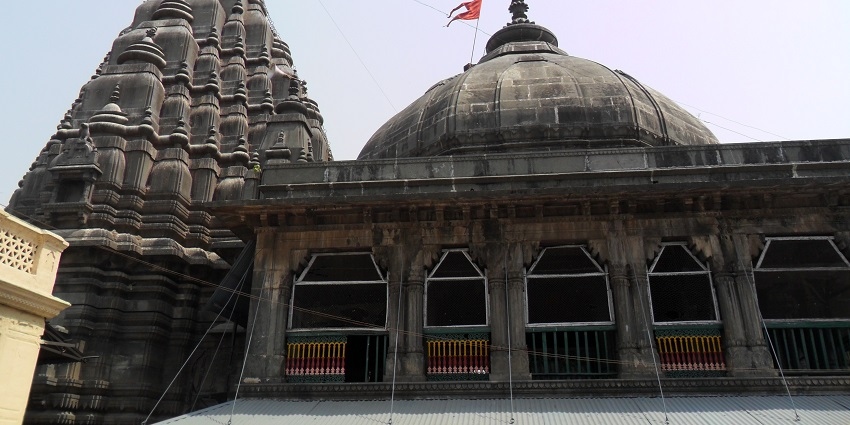
Photo: Somujha88 / Wikimedia Commons
The Vishnupad Temple is considered the holiest of the holy Hindu pilgrimage sites and is only 3 km from the Gaya Museum. Honouring Lord Vishnu, the special nature of the temple lies in the footprint of Lord Vishnu on a rock slab, attracting thousands of pilgrims every year. This temple also finds it important for Hindus to perform the Pind Daan, ritual to offer to the ancestors. The architectural brilliance of the temple is evident in the intricate carvings and its towering structure, showcasing the wonders of construction in ancient India.
Timings: 6 AM – 8 PM
Entry Fee: Free
Suggested Read: Shopping Places In Ranchi
2. Bodh Gaya
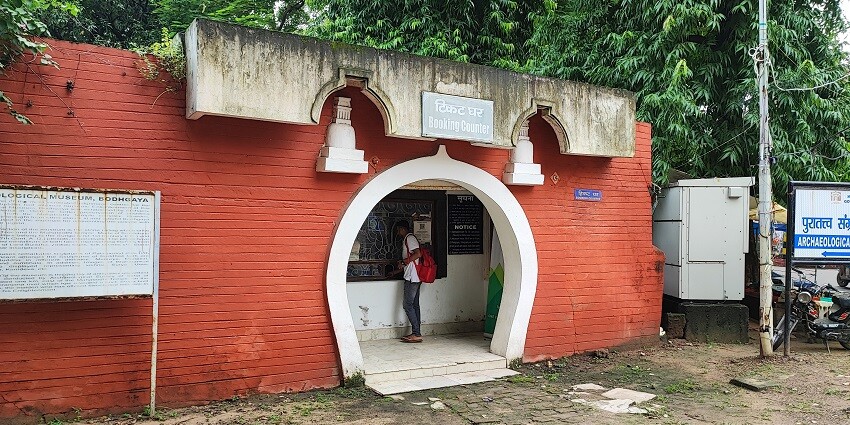
Photo: Sumitsurai / Wikimedia Commons
The site is 17 km from the museum in Bodh Gaya, one of the most important Buddhist pilgrimage destinations worldwide. Here Gautama Buddha attained enlightenment under the Bodhi Tree. Bodh Gaya is centred upon the Mahabodhi Temple, a UNESCO World Heritage Site, surrounded by monasteries and meditation centres built by adherents from several countries. A simple shrine was built by Emperor Ashoka to mark the spot, and this was later enclosed by a stone railing. You can reach there in a 30-minute drive.
Timings: 5 AM – 9 PM
Entry Fee: Free
3. Mangla Gauri Temple
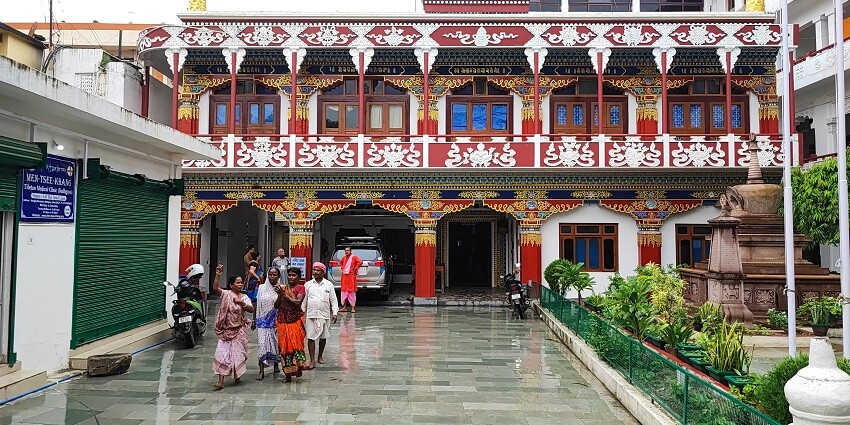
Photo: Sumitsurai / Wikimedia Commons / Image For Representation Only
The Mangla Gauri Temple is situated approximately 4 km away from the museum. A temple in honour of Goddess Shakti is assumed to be a Shakti Peetha, and its devotees believe in many good effects of her blessings. It is constructed on a hill, and one can observe an overwhelming view of Gava. Here in the vast empty hall, a tiny raised chamber is hewn from the rock. Pilgrims come to offer their sacrifices to Mangla Gauri, granting them the blessing of fertility and welfare.
Timings: 6 AM – 8 PM
Entry Fee: Free
Suggested Read: Chhapaak Water Park Patna
4. Dungeshwari Cave Temples
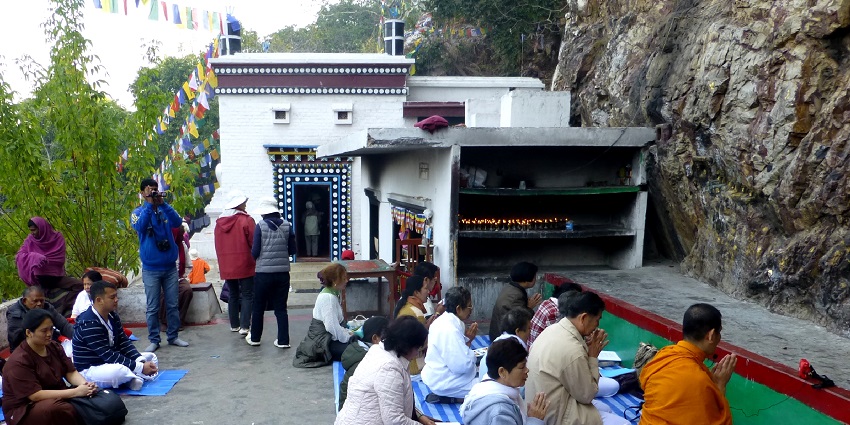
Photo: Hiroki Ogawa / Wikimedia Commons
The Dungeshwari Cave Temples, located roughly 12 km from proximity to Gaya, are famous. Here, Lord Buddha meditated before he achieved enlightenment. The temple has since turned into a serene place of worship for both the Buddhist monks and the tourists coming from all over the world. The caves are situated within a rugged landscape and serve as a peaceful pilgrimage destination. A brief trek leads to Dungeshwari Cave, where visitors can experience a harmonious combination of spiritual serenity and historical significance.
Timings: 6 AM – 6 PM
Entry Fee: Free
Other Factors To Consider
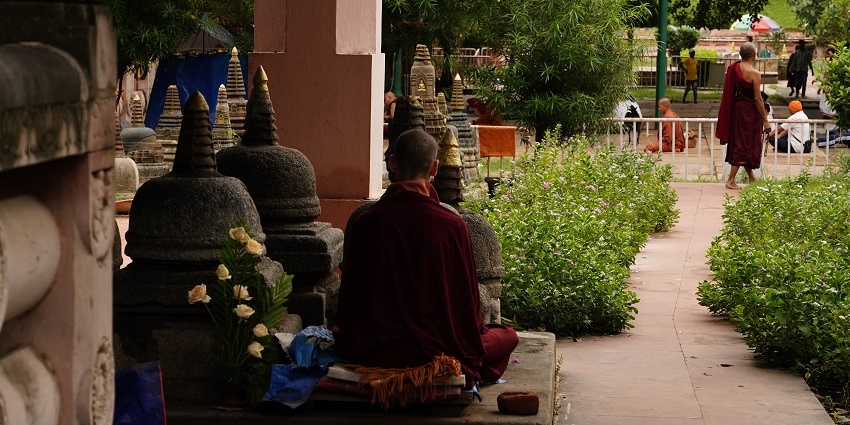
Photo: Amitabha Gupta / Wikimedia Commons
Average Cost Of The Trip
The entry fee for the Gaya Museum is quite cheap, being ₹10 for Indian tourists and ₹50 for foreign nationals. The costs incurred to visit Gaya are quite low, but hiring transport and guided tours can be slightly expensive.
Tips For Travellers:
- Gaya has a tropical climate, so visiting during summer is not desirable. This place is best visited between October and March.
- Respect local customs. It would be convenient to wear slippers or shoes that are easy to take off and put on.
- Contact the authorities for Gaya Museum photos.
Suggested Read: Archaeological Museum Bodhgaya
The Gaya Museum is not a typical cultural facility. The exhibits and collections showcase the history of Bihar in detail to visitors. On the one hand, the richness of sculptures and ancient coins offers a glimpse into the past. On the other hand, the Buddhist section of the museum elaborates on the district’s history over several impressive centuries. No stay in Gaya or visit to Bodh Gaya would be complete without exploring the Gaya Museum, so finalise your trip with TripXL.
Cover Photo: Sumitsurai / Wikimedia Commons / Image For Representation Only


 WhatsApp
WhatsApp
 Twitter
Twitter









